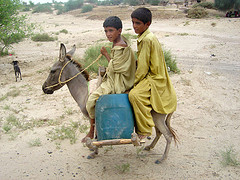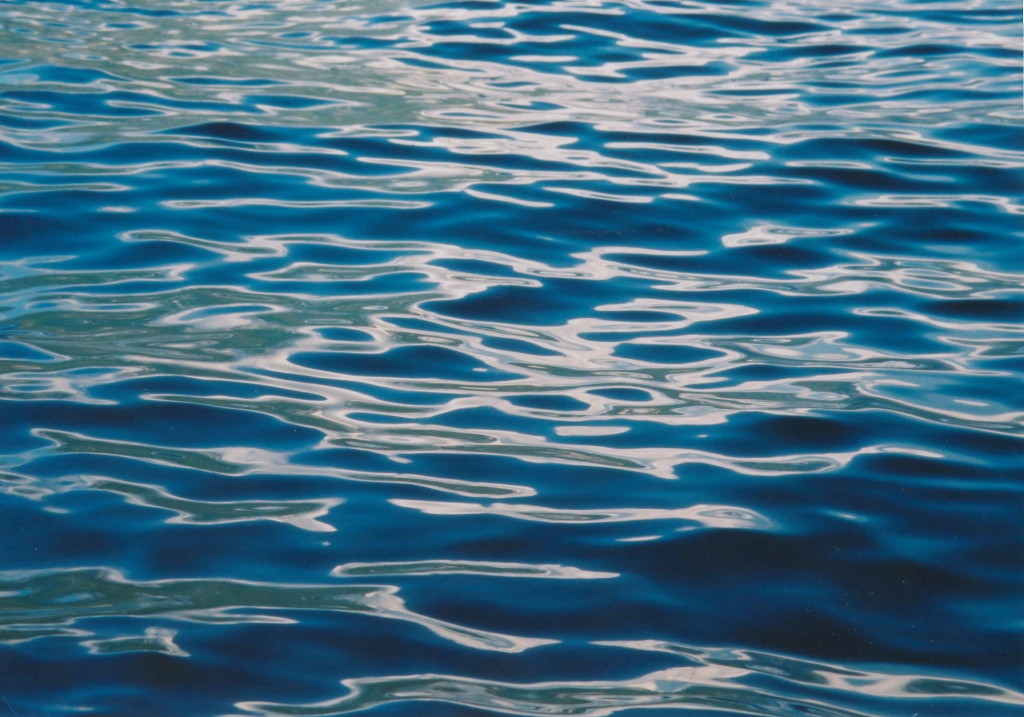South Asia’s rural areas search for water intensifies due to annual droughts.
According to a UNESCO study, fresh water supply is expected to drop by one-third within 20 years. UNESCO points out that up to 7 billion people could face water shortages by 2020 as global warming will affect water supply in more than 60 countries.
Water as a priority in national strategic discourse is not new but its prominence in recent years illustrates the emergence of a new battlefront. A broader acceptance of climate change associated with global warming has led to the reassessment of fresh water’s priority.
Water Supply Is A Growing Problem in South Asia
In South Asia, this future is here. Ground water drop in several major metropolises in India is up to nine meters; this is especially pronounced in densely populated areas where people bore wells in their yards rather than rely on government supplied water which is in severe shortage. With that in mind, one of the fastest growing regions in the world, South Asia, is involved in cross-border water dispute.
Regional Tensions Over Water
Last year UN appointed a specialist to look at a complaint filed by Pakistan against India for violating the Indus Water Treaty signed in 1960. India recently initiated a construction of dam on Chenab River in Kashmir, which has the potential of reducing the flow to Pakistan’s primary agricultural areas. Although the specialist found that the Indian design was permitted under the treaty, he suggested some minor changes.
Pakistan has accepted the UN specialist’s suggestions. However, in the long term, it appears that India is pushing the limits of the Indus Water Treaty as it no longer serves its objective of expanding its energy production. The proposed dam will also provide an important public good to power-starved Kashmir also possibly strengthening the center’s legitimacy in the disputed region.
Indo-Bangladesh relations face similar tensions due the latter’s reliance on Brahmaputra and Ganga, which flow through to the Indian Ocean. Ironically, India’s control of these rivers also appears to be tenuous as the Chinese recently identified the turn where Brahmaputra flows into India from Tibet. What they plan to do with that information remains to be seen. Sino-India relations are not known to be too amicable.
As South Asia braces itself for a round of tensions over water, calls for compromises are great. Yet, rarely is the issue of agriculture development part of this discussion. The issue of sustained growth and reduction of water waste is a critical element of any use of this strategic resource.
Asia Must Change Consumption Patterns
While the implementation of policy measures such as rainwater harvesting are promoted with controlled ground water usage, the Asian region needs to address the nature of its consumption. For instance, should swimming pools be permitted in the drier regions of India?
Furthermore, should heavy reliance on rice for feeding the Asian poor continue given that its production utilizes two-thirds of the fresh water? Thus far, attempts at keeping rice production in step with the population growth are barely working.
Are genetically modified seeds a permanent or a temporary fix to the looming water problem? Consumption patterns also need to be addressed along with spread of water pollutants that waste a precious source.
The author is an adjunct faculty at the Political Science Dept. at San Francisco State University. These views do not necessarily reflect those of the institution.
Image credit: Image by Abro





